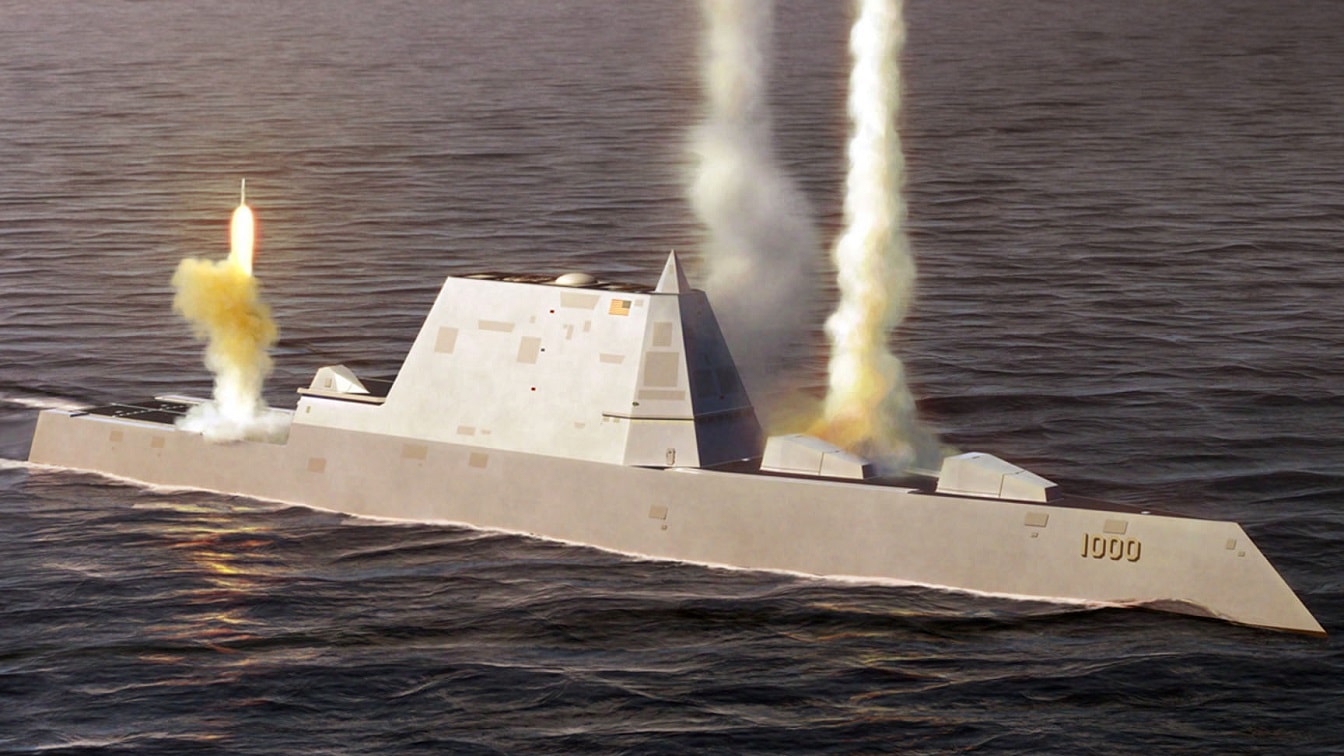Over the years, the U.S. Navy has had some stellar ships in its fleet that really stand out and deserve recognition.
Here is what many would consider as the most powerful warships in the Navy’s arsenal today:
The Nimitz-class aircraft carrier:
The Nimitz-class aircraft carrier has been the mainstay of the U.S. Navy’s carrier fleet for nearly five decades, and with good reason. Weighing in at 100,000 tons, with a crew complement of over 5,000 members, the Nimitz-class was a dominant force for years.
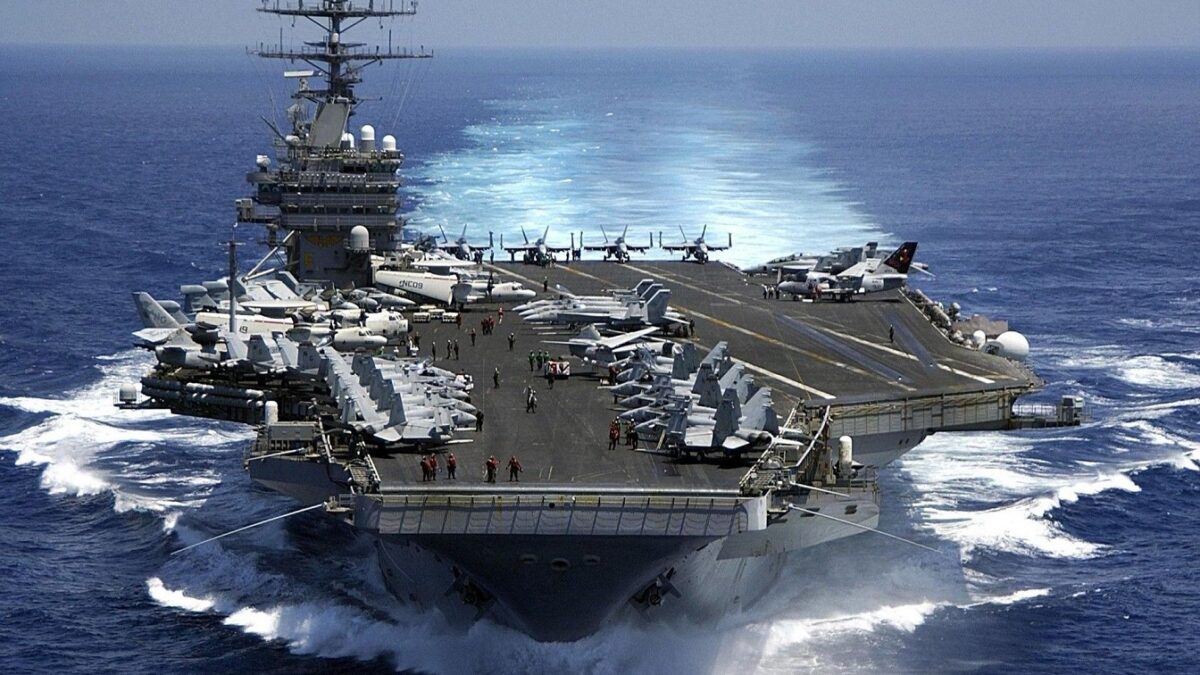
Image of U.S. Navy Nimitz-class Aircraft Carrier.
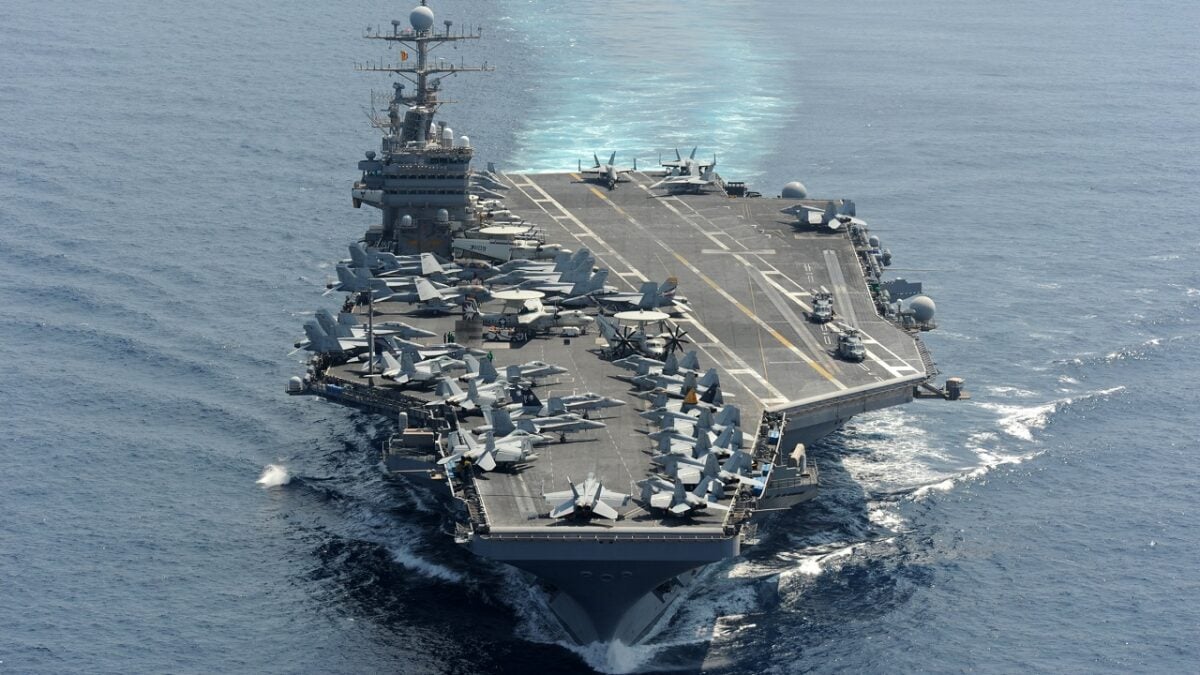
120118-N-QH883-003
INDIAN OCEAN, (Jan 18, 2012) The Nimitz-class aircraft carrier USS Abraham Lincoln (CVN 72) transits the Indian Ocean. Abraham Lincoln is in the U.S. 7th Fleet area of responsibility as part of a deployment to the western Pacific and Indian Oceans to support coalition efforts. (U.S. Navy photo by Chief Mass Communication Specialist Eric S. Powell/ Released)
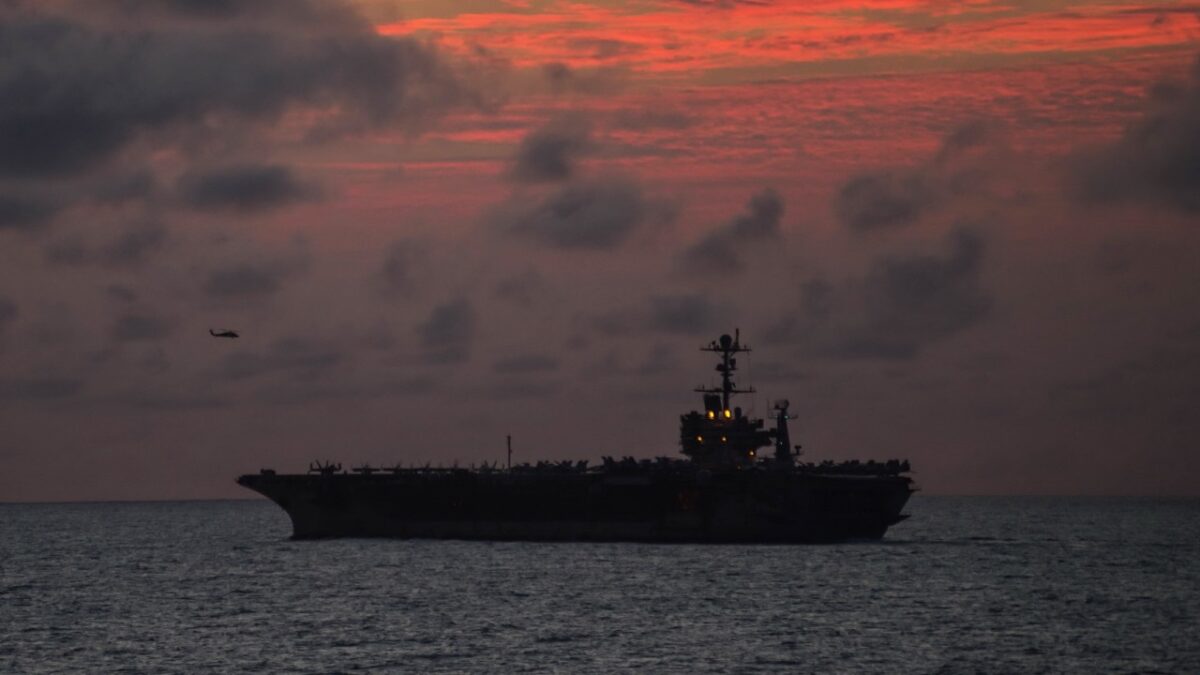
While this wasn’t the first class of nuclear-powered aircraft carriers, these ships arguably perfected the design. With its embarked carrier air wing including F/A-18 strike hornets, E/A-18G Growlers for electronic attack, as well as anti-submarine helicopters and airborne early warning assets, the Nimitz-class is a powerful force as both a deterrent and for power projection abroad.
The Ford-class aircraft carrier:
The newest carrier class to be introduced, the USS Gerald R. Ford represents a major step forward in aircraft carrier technology and capability. Like its predecessors, it is nuclear powered however the newly designed reactor, the A1B, gives it a much greater power output than the Nimitz-class.
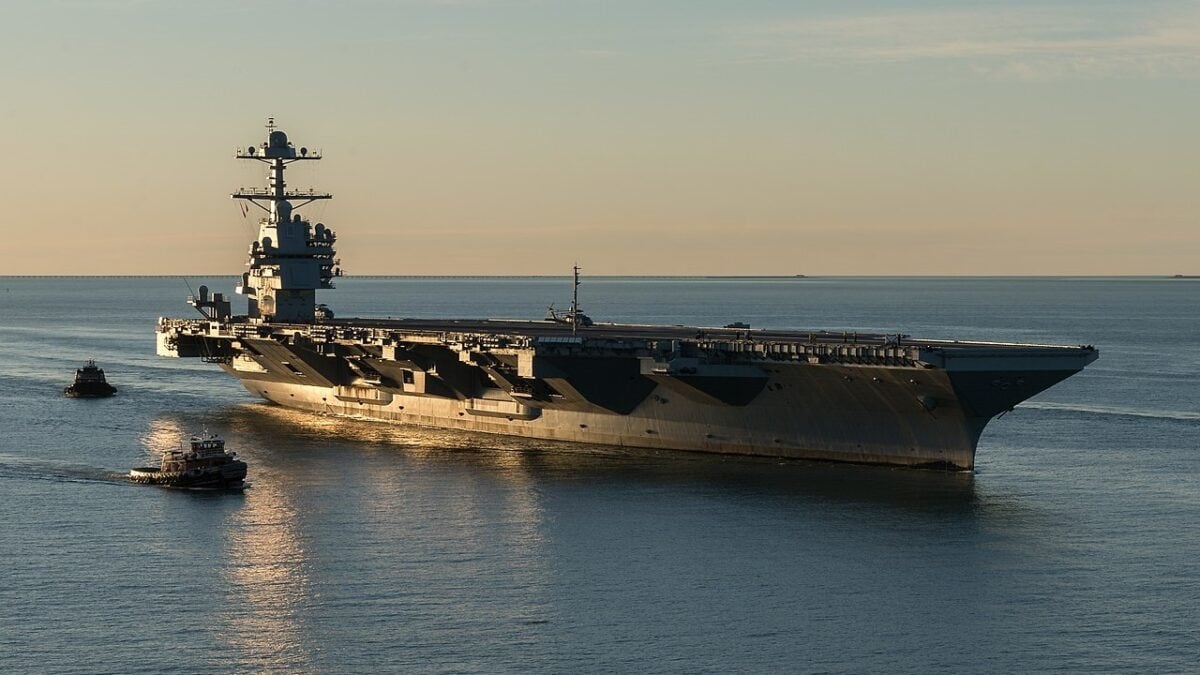
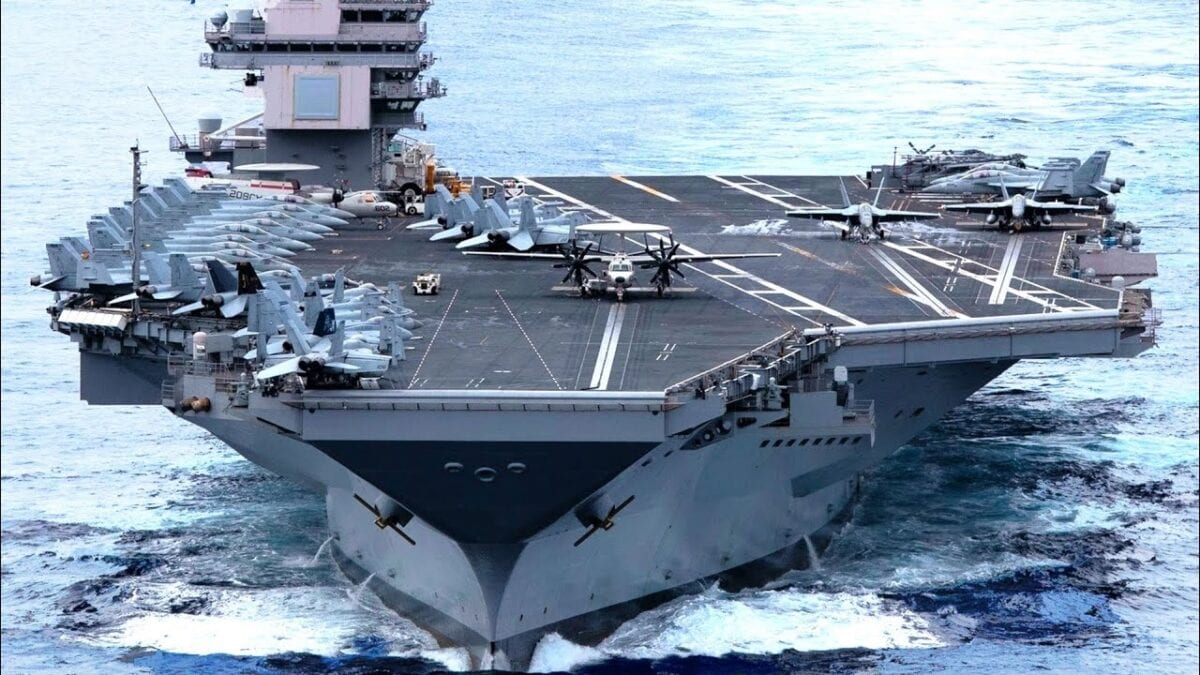
USS Gerald R. Ford. Image Credit: Creative Commons.
This power is required for its EMALS catapult system, using powerful electromagnets to launch aircraft. The arresting gear used to recover aircraft also incorporates electromagnets instead of steam, making for smoother, gentler traps that reduce airframe stress over time.
Block-V Virginia-class submarines:
For the Block-V Virginia-class attack submarine, bigger is better. Almost 100 feet longer than its predecessor, and displacing over 2,000 more tons than prior Virginia-class boats, the U.S. Navy’s newest subs will be the most heavily armed to date.
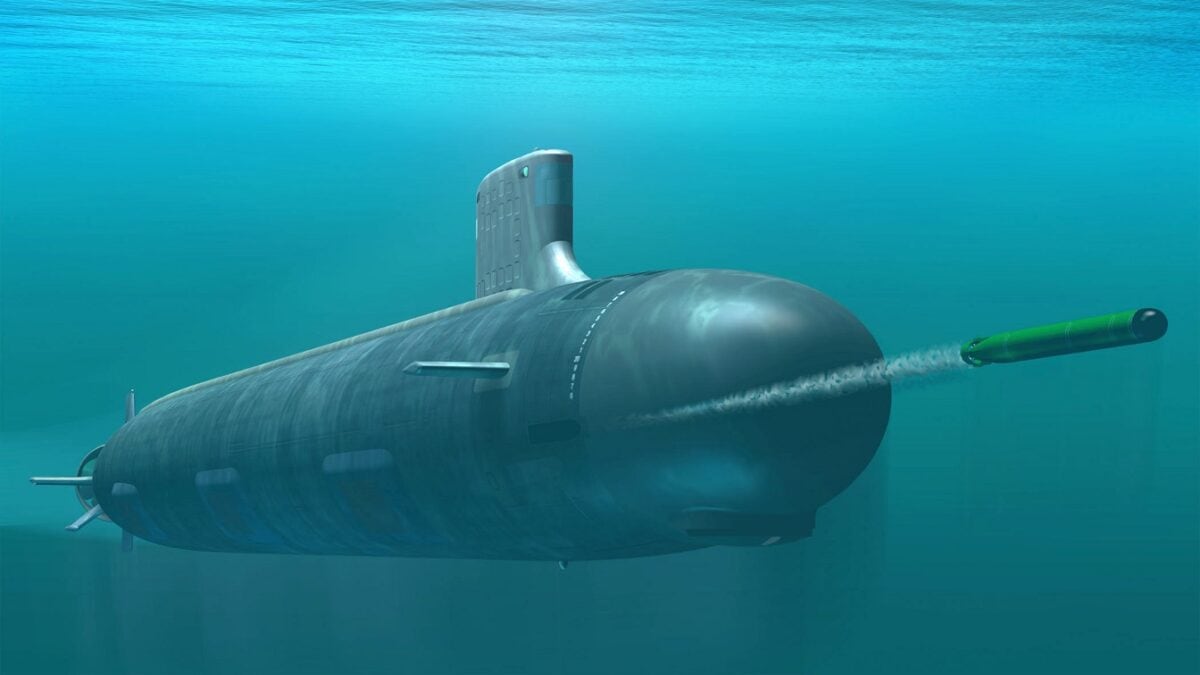
030521-D-9078S-001
(May 21, 2003) — This conceptual drawing shows the new Virginia-class attack submarine now under construction at General Dynamics Electric Boat in Groton, Conn., and Northrop Grumman Newport News Shipbuilding in Newport News, Va. The first ship of this class, USS Virginia (SSN 774) is scheduled to be delivered to the U.S. Navy in 2004. U.S. D.O.D. graphic by Ron Stern. (RELEASED)
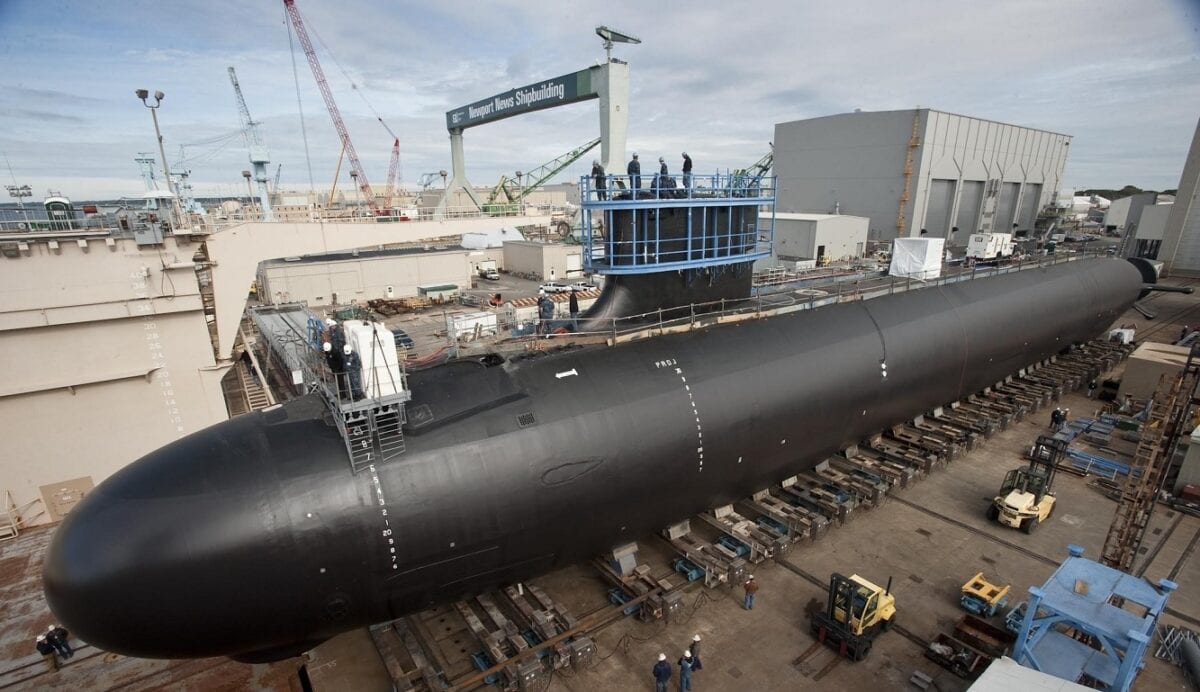
The Virginia-class attack submarine Minnesota (SSN 783) is under construction at Huntington Ingalls Newport News Shipbuilding. (U.S. Navy photo courtesy of Newport News Shipbuilding/Released)
This extra space is taken up with the Virginia Payload Module, allowing these boats to carry 16 more cruise missiles, 28 in total, in order to help replace the aging SSGNs when they retire. In addition, advances in cruise missile technology mean its armaments are anti-ship as well as land attack.
Seawolf-class submarines:
Born out of the height of the Cold War arms race, the Seawolf family of submarines were dominant in their time. With the launch of Soviet Typhoon ballistic missile subs and Akula attack subs, the U.S. Navy needed an attack boat capable of taking on these adversaries in deep water. The Seawolf-class is the largest attack submarine the U.S. built, and it is very quiet. The only issue the Navy faced was the cost, coming in at over $3 billion per unit.
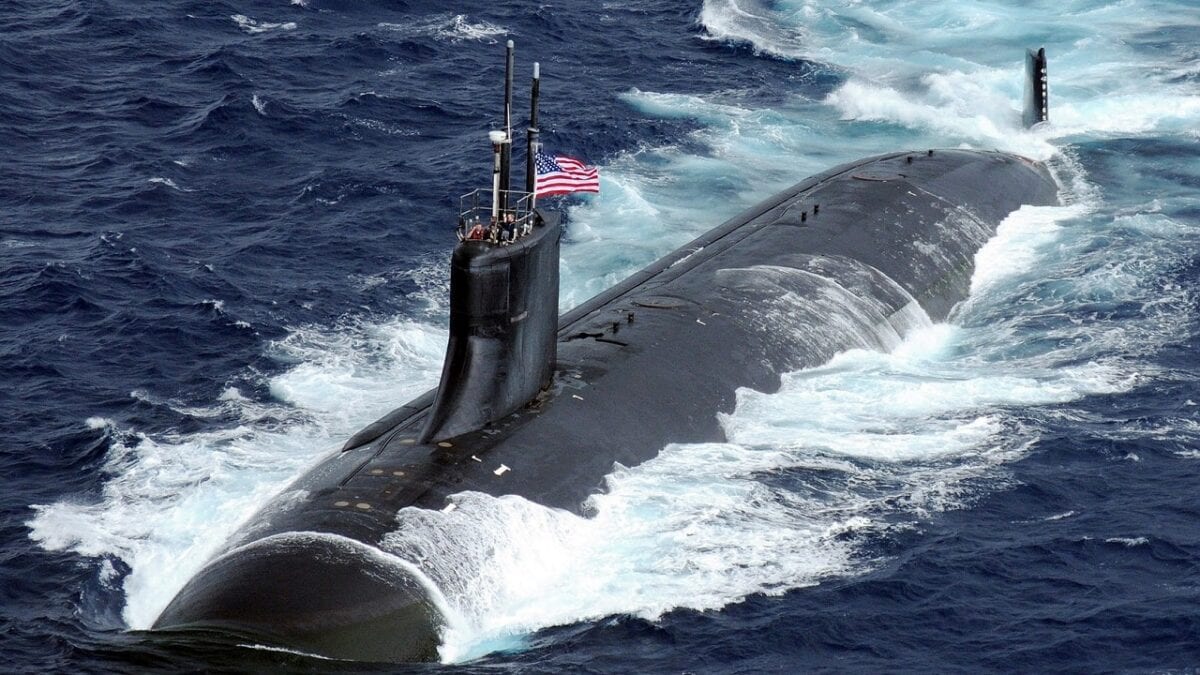
Seawolf-Class Submarine USS Seawolf. Image Credit: Creative Commons.
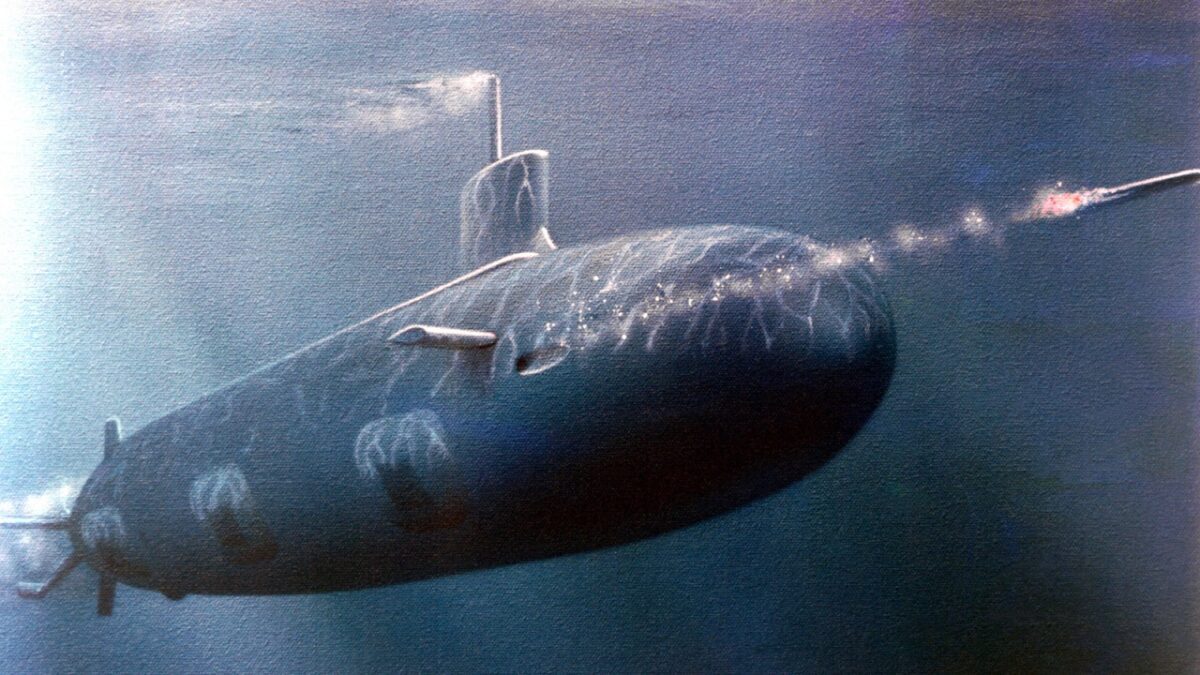
An artist’s concept of the nuclear-powered submarine SEAWOLF (SSN-21).
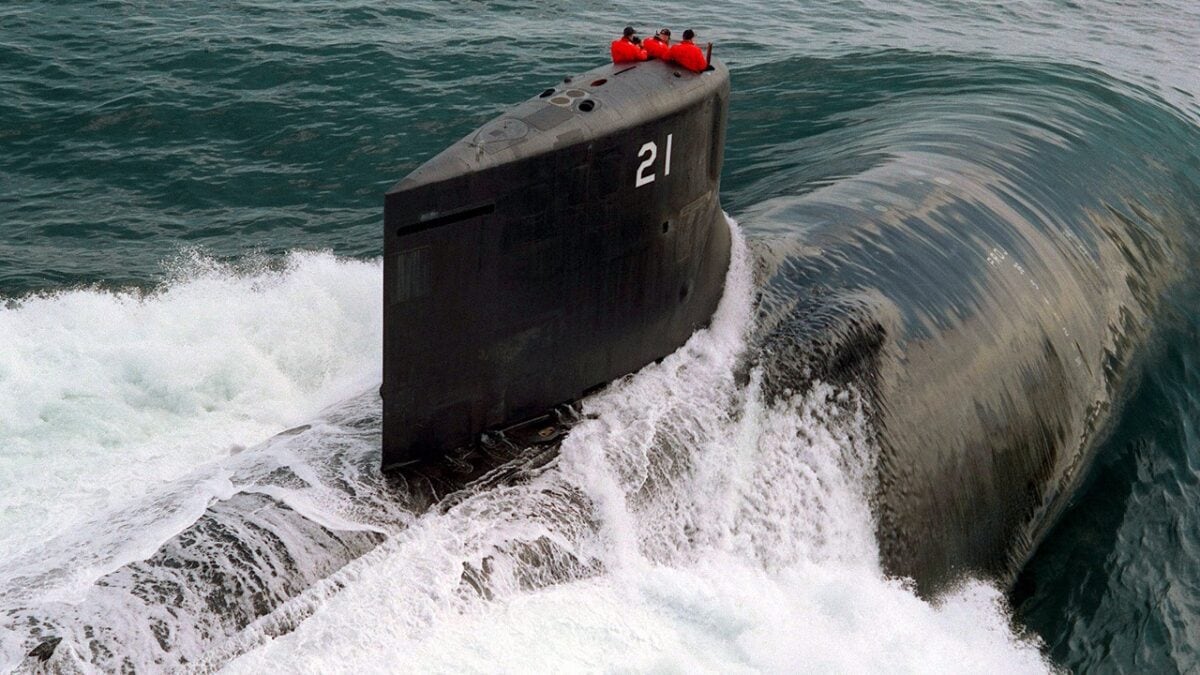
The U.S. Navy’s newest attack submarine, USS Seawolf (SSN 21), conducts Bravo sea trials off the coast of Connecticut in preparation for its scheduled commissioning in July 1997. The aerial image shows the sail from a starboard angle, looking forward, 9/16/1996. Jim Brennan. (OPA-NARA II-9/10/2015).
As the Cold War drew to an end, cost-cutting measures meant only three were ever built. An interesting note is that the third vessel, the USS Jimmy Carter, is 100’ longer than its sisters due to the addition of the Multi-Mission Platform. Ostensibly to allow for the launch and recovery of undersea autonomous vehicles and SEALs it is rumored this section also allows the Jimmy Carter to carry out secretive wiretapping operations.
Ohio-class submarines:
While the U.S. Navy’s Ohio-class ballistic submarines originally possessed a pretty hefty forty-two-year planned life, the service has worked to extend this formidable submarine force’s position. Developed in the 1970s, the Ohio-class ships are the largest submarines ever built for the U.S. Navy. Lightyears ahead of earlier submarines in terms of speed, quietness, and maintenance, the Ohio-class was an instant hit with the Navy.
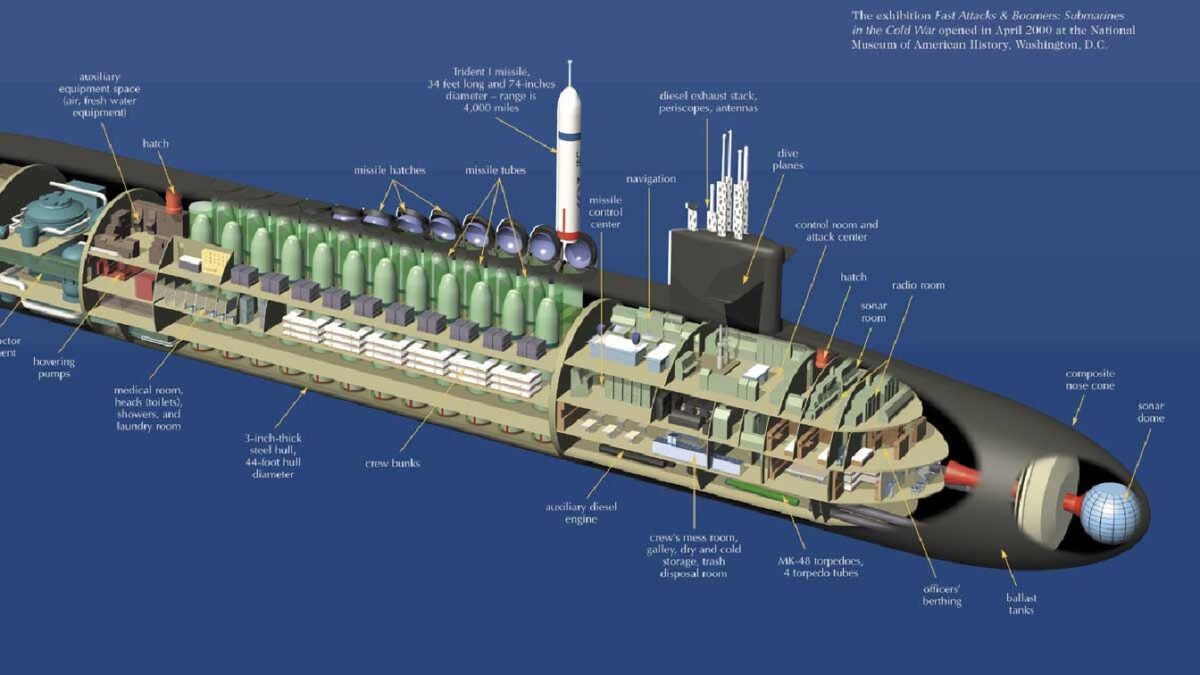
Ohio-Class SSBN. Image Credit: U.S. Government.
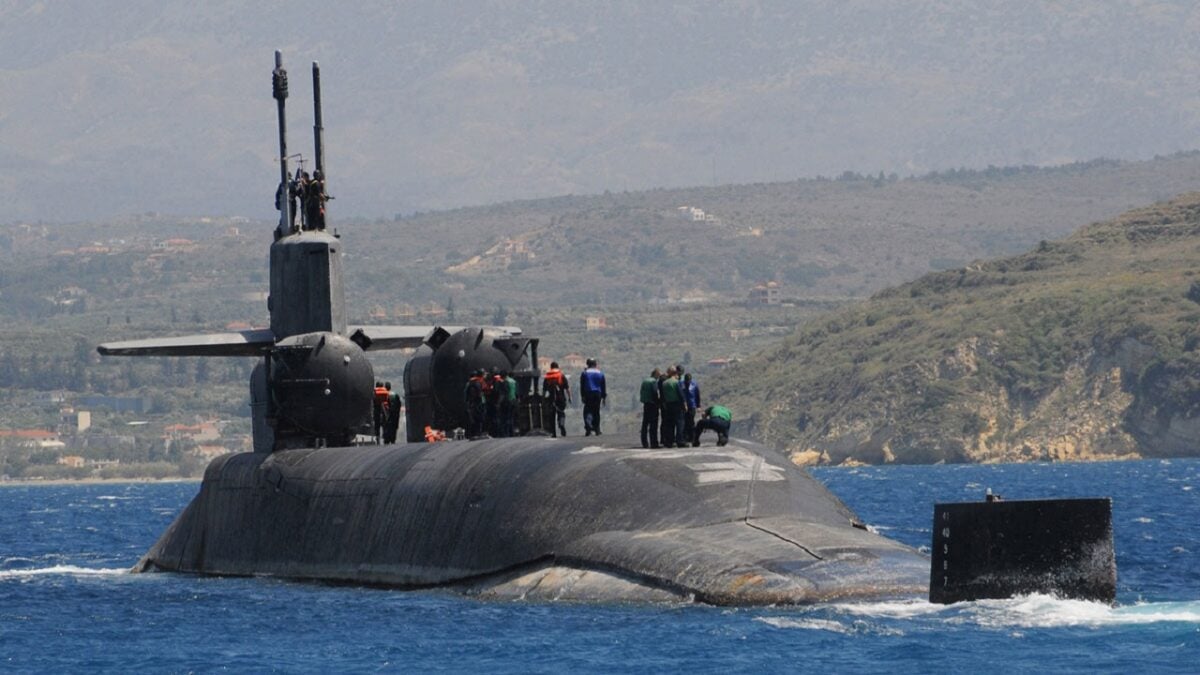
Ohio-Class SSGN. Image Credit: U.S. Navy.
Additionally, the Ohio-class could carry nearly double the amount of Trident missiles as its Lafayette predecessor. A GE S8G pressure water reactor and two turbines power the Ohio-class ships, allowing the boat to travel at a maximum speed of 18 knots when surfaced and 25 knots when submerged.
Maya Carlin, a Senior Editor for 19FortyFive, is an analyst with the Center for Security Policy and a former Anna Sobol Levy Fellow at IDC Herzliya in Israel. She has by-lines in many publications, including The National Interest, Jerusalem Post, and Times of Israel.
From 19FortyFive
A Russian Submarine Accidently ‘Destroyed Itself’
Total Massacre’: Ukraine Footage Shows Russian Cruise Missile Shipment Attacked

